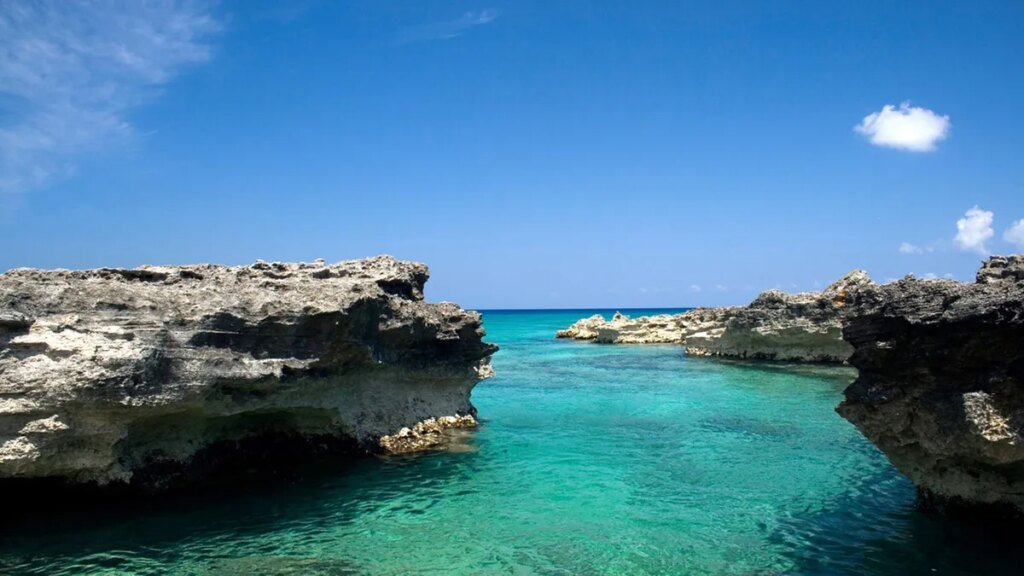The Cayman Islands is refocusing the travel experience with its new marketing campaign, “Welcome to vaCay,” launched on October 7. This initiative emphasizes the philosophy that a fulfilling vacation doesn’t require a jam-packed itinerary. The three-island nation aims to remind travelers and travel advisors alike of the importance of relaxation and taking things slow.
Rosa Harris, the director of tourism for the Cayman Islands, states, “The idea for ‘Welcome to vaCay’ stems from the reality that vacation has become a source of stress, filled with busy schedules and the pressure to accomplish everything.” The campaign aims to shift this narrative back to the essence of a real escape: free of alarms, checklists, and anxiety.
Key U.S. markets such as Boston, Chicago, Los Angeles, Miami, and New York will be the focus of this global campaign, with advertisements slated for television and streaming platforms, supplemented by a robust social media presence.
Research conducted by Cayman Islands Tourism, in partnership with Grey New York, reveals a concerning trend among modern travelers: approximately 39% of participants reported needing another vacation upon returning home, and nearly half felt exhausted or stressed. In contrast, visitors to the Cayman Islands describe their trips as relaxing, with 60% emphasizing this calming aspect.
Travel advisors will be integral in conveying the campaign’s message. Harris mentions that the tourism team is developing resources that will benefit travel agents in the forthcoming weeks. The “Welcome to vaCay” initiative will highlight the Cayman Islands’ unique offerings, including effortless luxury, a vibrant culinary scene, and experiences suited for all generations.
As part of this campaign, the website [VisitCaymanIslands.com](https://www.visitcaymanislands.com/en-us) will be refreshed, featuring itineraries from influencers in collaboration with the travel app Steller. This will allow travel planners to access firsthand insights from fellow travelers, covering accommodations, dining options, and local activities.
Additionally, the “Welcome to vaCay” theme will be incorporated into familiarization trips, training sessions, and cooperative marketing efforts, ensuring that travel advisors fully understand the concept of a “vaCay.”
From a strategic standpoint, “Welcome to vaCay” aligns with the Cayman Islands’ long-term tourism goals of sustainable growth and higher-value visitor experiences. Harris notes that the campaign is designed not only to attract visitors but to do so in a way that supports an expanding room stock and increases tourists’ average spending while maintaining appropriate lengths of stay.
As the campaign seeks to balance relaxation with financial growth, it will target high-value travelers, including couples, multigenerational families, and culinary aficionados. Harris reflects that the goal is to appeal to those who prioritize genuine connection and quality time, thereby encouraging visitors to engage deeply with the culture of the islands.
In conclusion, the “Welcome to vaCay” campaign aims to meet travelers at a pivotal moment when they are seeking slower-paced and more meaningful vacations. This evolution in branding may redefine the way travelers approach their getaways, prioritizing rest while still providing significant economic benefits for the Cayman Islands.



